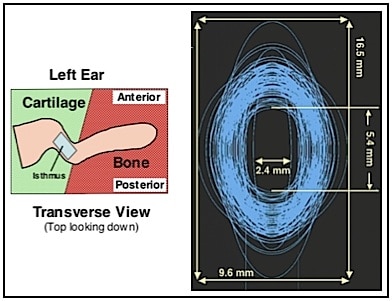This is the second in the series of three which started a couple of weeks ago. The Women’s Presidents Organization focuses on propelling women forward in all fields for equality in jobs and pay. Reshma Saujani was a Keynote speaker who drove my thinking in this area. She is the creator of the non-profit organization Girls Who Code. She readily admits this was not her initial goal, but after losses in the political arena she decided this is where she needs to focus our society for the time being as she learns what works in politics.
I have a grown daughter who is in IT, but I also have two boys who are entering 7th and 9th grades in the fall. At first, when I was listening to speakers at the conference, I thought “Hey, I have Caucasian males, they are so screwed.’ But none of the speakers went down that road. Instead they reinforced what we try to instill at home: bring everyone up around you. You don’t get to the top by climbing over others; you get there by building positive relationships along the way.
Girls Who Code works to inspire, educate and equip girls with the computing skills to pursue 21st century opportunities. By some projections, in the year 2020 there will be 1.4 million computer specialist job openings. If women are to have half of them, or 700,000 jobs, then we need to expose roughly 2.1 million adolescent girls to computer science. Why so many? Because statistically only about 30% of those exposed to computer science will continue. We only expose a fraction of that today. Girls Who Code’s goal is to reach at least 1 million by 2020. The US universities are expected to graduate 29% that many qualified individuals to fill these jobs.
Why does this matter? In middle school, 74% of girls showed interest in STEM (Science, Technology, Engineering and Math), but only 0.3% went onto college in computer science. In the mid-80s women were 37% of the computer science graduates; today this has dropped to 12%. My sister graduated in 1987 with an engineering degree, but the statistics haven’t changed. Only 3 out of 25 women will go into engineering.
The other critical item is pay equalization. There is basically no pay difference for men and women in computer science, namely software developers, and women generally make 31% more in this field. A quote from Saujani that will stick with me forever is, “You would never say, ‘I can’t read.’ That’s just unacceptable in society. But it’s acceptable in society for a girl to say, ‘I hate math or I’m not good at math.’”
Hearing healthcare is going through a revolutionary change as we speak and having the entire population represented on the engineering and computer science level is critical if we are to reach our target audiences. My next blog post will touch on this when I highlight Genevieve Bell.







Three characters sum up the IT labor market; and why the girls are smart in pursuing other career paths, dropping, as you point out, almost 70% over the last 30 years:
“H1B”
Engineering and IT are two different fields. Can you even get an H1B for IT? Maybe for IT specializations. Anyway point taken regarding the influx of foreign engineers, though good or bad is debatable. I’m not sure it has a gender bias though.